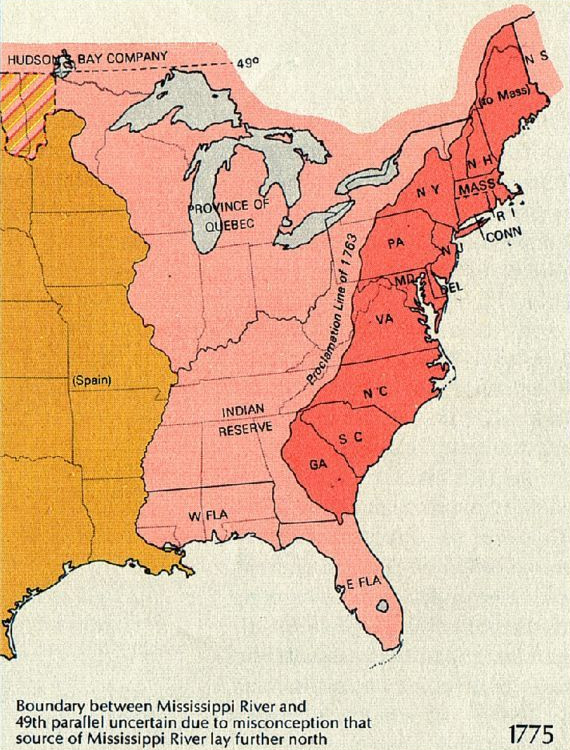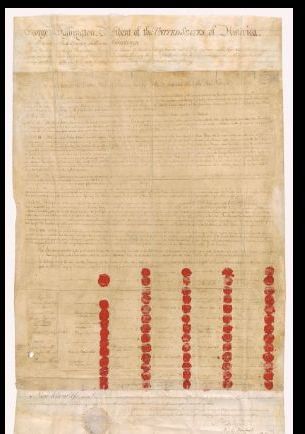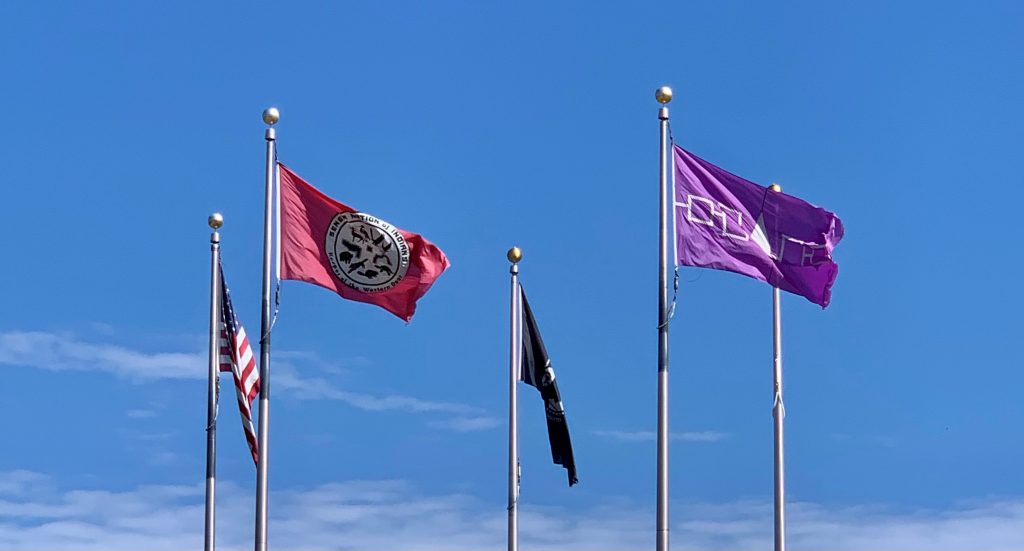As November comes to a close, so does Native American Heritage Month in the United States. I thought I would look back at one of the earliest treaties between the United States and a Native Nation, the 1794 Treaty of Canandaigua. As stated in the preamble, it is A treaty between the United States of America and the Tribes of Indians called the Six Nations. The Six Nations Confederacy, also known as the Haudenosaunee or Iroquois Confederacy, include the Seneca, Cayuga, Onondaga, Oneida, Tuscarora, and Mohawk nations.
At the outset of the American Revolutionary War, the Haudenosaunee took a neutral position between Great Britain and the United States but as the war progressed, any unified policy dissolved and each tribe chose for themselves with which side, if any, they would form an alliance. The result shows the Seneca, Cayuga, Onondaga, and Mohawk mainly sided with Great Britain while the Oneida and factions of the Tuscarora tended to align with the Americans.
There was certainly good reason to side with Great Britain as the Crown’s Proclamation of 1763 established a dividing line between British colonies and Indian lands. This line, in the form of the Appalachian Mountain range, ensured a protective buffer for Indian nations.
Great Britain and the United States ended the American Revolutionary War with the signing of the 1783 Treaty of Paris. It should be noted no indigenous people of North America were included (or consulted!) in ratification of the treaty which set boundaries between the British Empire and the United States. With the end of the war, the colonial settlement restrictions of the Proclamation of 1763 were nullified as well. American encroachment into Indian land soon commenced. This western expansion by Americans caused immediate tensions with the native peoples whose land they were attempting to settle.

U.S. President George Washington, who had spent time in the Ohio Valley during the French and Indian War (Seven Years’ War), had reason to be concerned that hostilities between American settlers and Indians would escalate. As a test to the new nation, he turned to diplomacy in an effort to ensure peace with the Haudenosaunee.
Washington sent Colonel Timothy Pickering to Canandaigua in the heart of Haudenosaunee territory, now central New York State, as his chief negotiator. This would lead to the treaty being referred to as the Pickering Treaty. Some of the main negotiators for the Grand Council of the Six Nations were Corn Planter, Farmer’s Brother, Red Jacket, and Little Billy (Senecas), Fish Carrier (Cayuga), and Clear Sky (Onondaga). Several Quakers were invited and served as mediators, being trusted by both sides.
One of main elements of the treaty is that it was a treaty of peace and friendship, it was not to end hostilities. There was no official surrender by the Haudenosaunee nations who sided with the British. Through this treaty, the United States recognized the sovereignty of the Six Nations and established a government to government relationship.
It may come as a surprise that in establishing tribal lands in the treaty there was an increase in territory for the Haudenosaunee from land colonists had claimed. Boundaries were set for tribal lands with very specific and considerable territories for the Seneca and Cayuga nations.
For the United States, permission was given to build and utilize a road along the Niagara River from just above Niagara Falls to Lake Erie for the purpose of transporting people and goods. Additionally, Americans would be permitted to access waterways adjoining Haudenosaunee territory. A payment component instructed the U.S. to provide the Six Nations with a quantity of goods, of the value of ten thousand dollars. This was followed by an annual payment of cloathing, domestic animals, implements of husbandry, and other utensils. This latter payment of cloth continues to be paid by the U.S. government to this day.

The treaty was signed on 11 November 1794 by Pickering and 59 sachems and war chiefs of the Six Nations.

Despite many violations of the treaty over its 226 year history, it is still recognized by both governments. The initial increase in territory for the Six Nations was short-lived. Official actions by New York State and the United States have reduced Indian territory in New York to a fraction of what is was in the 18th century. Tribes have been displaced to non-contiguous reservations in New York and to lands in Wisconsin (U.S.) and Ontario and Quebec in Canada.
Kurt Carroll
President, IALL and
Law Library, Library of Congress
Chief, Collection Services
Washington, D.C.
This Blog contains entries by members of the International Association of Law Libraries on issues germane to the Association’s areas of focus. Views expressed in an individual entry only represent the views of the author.
